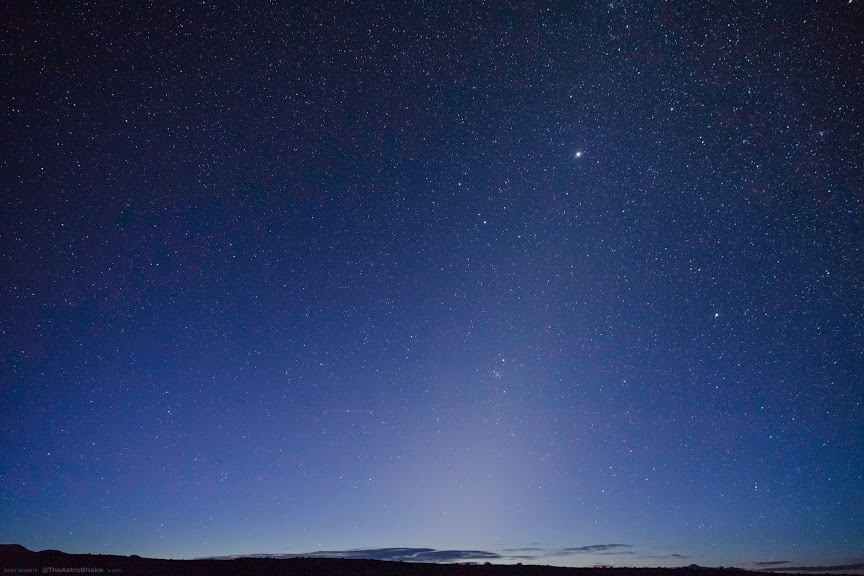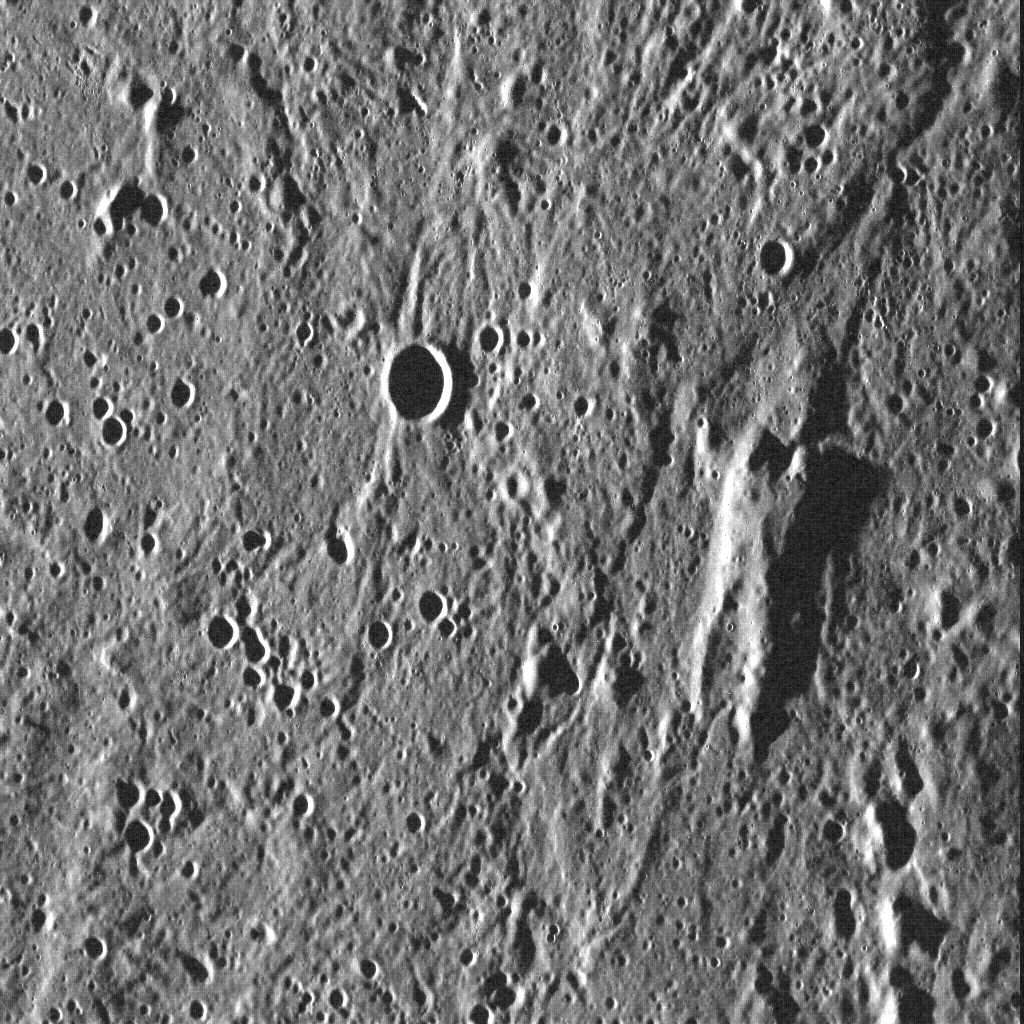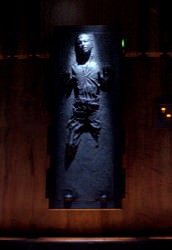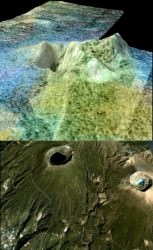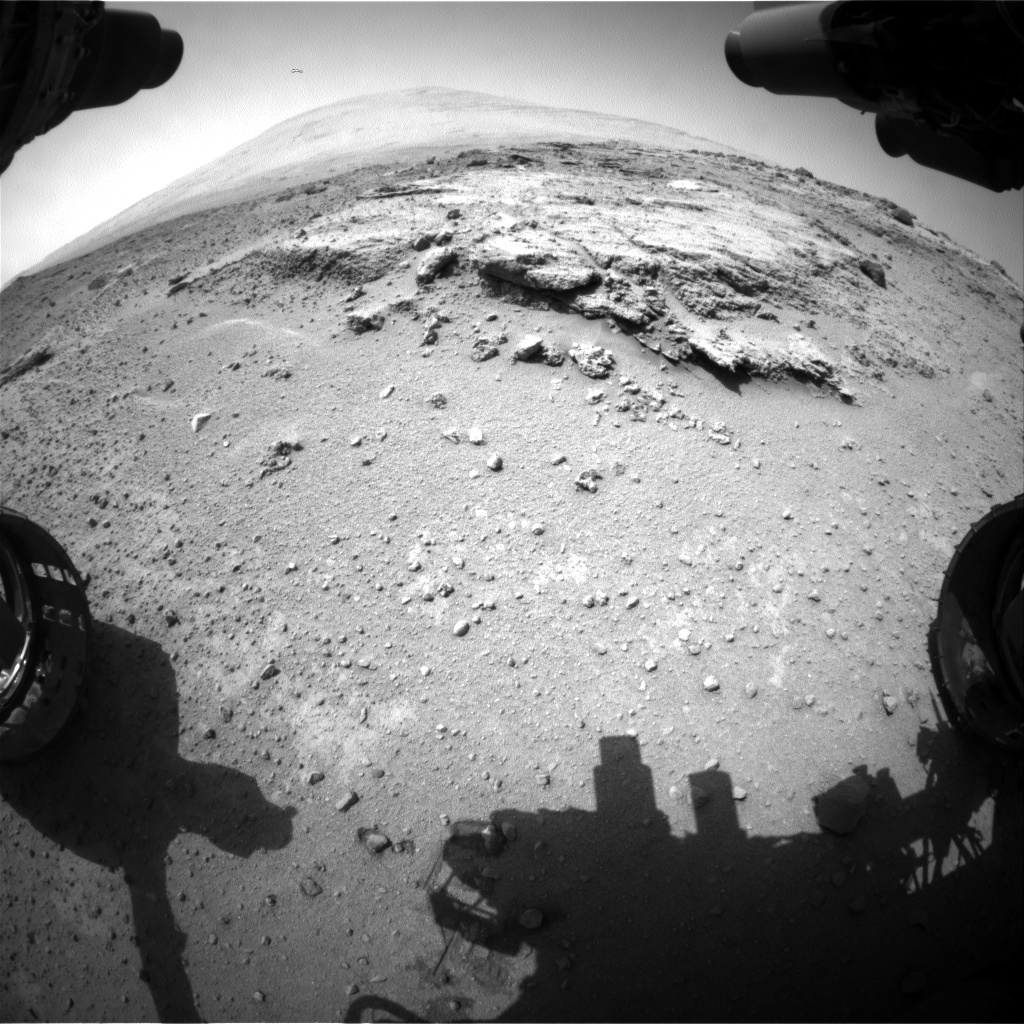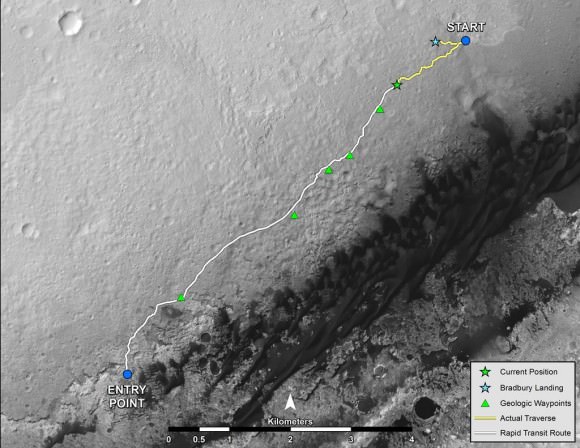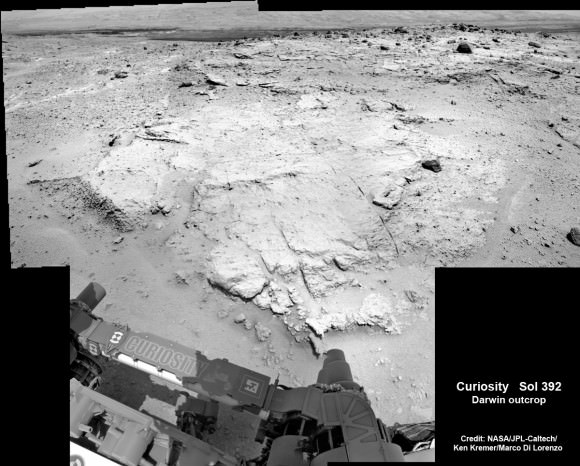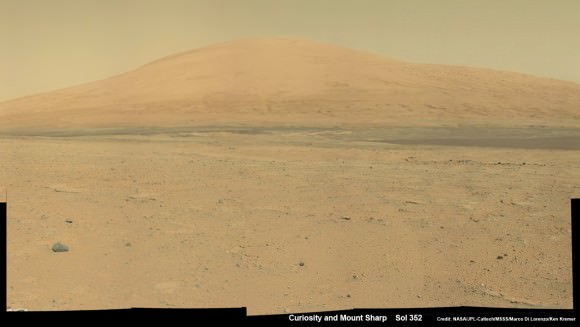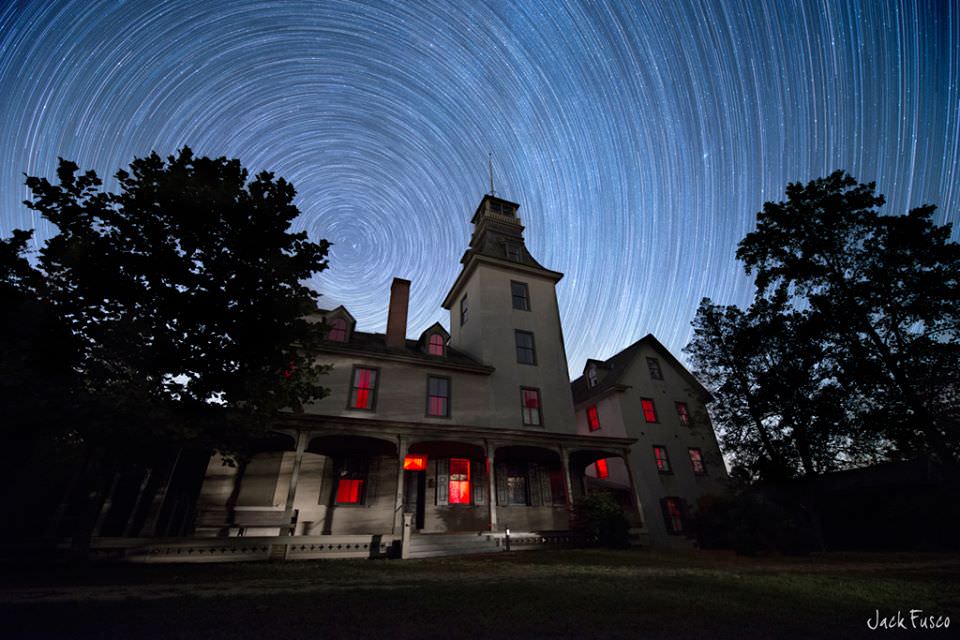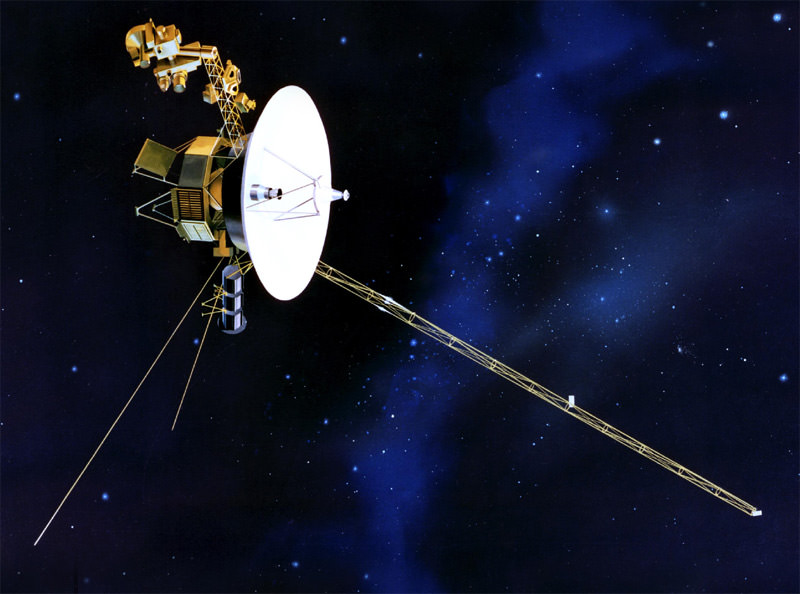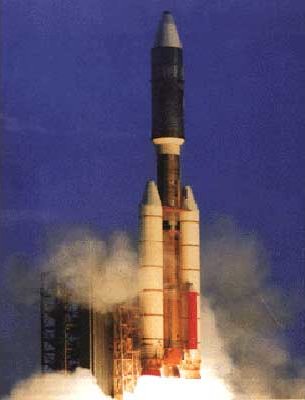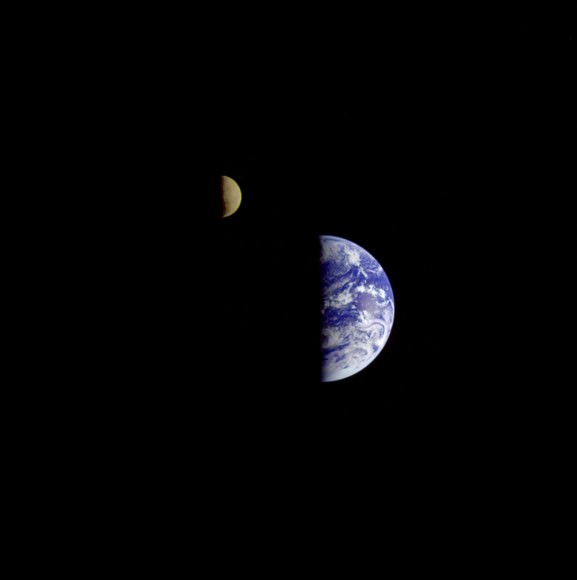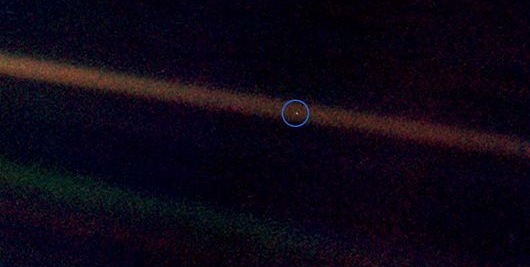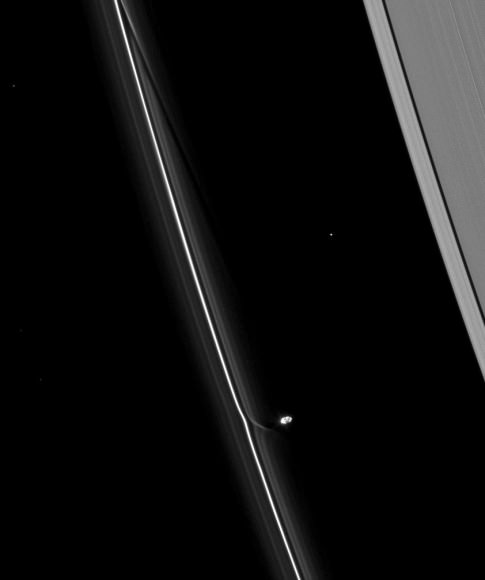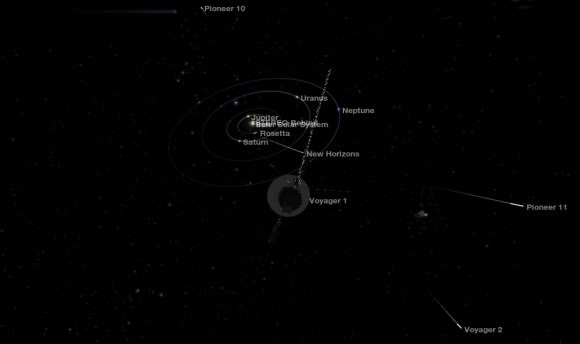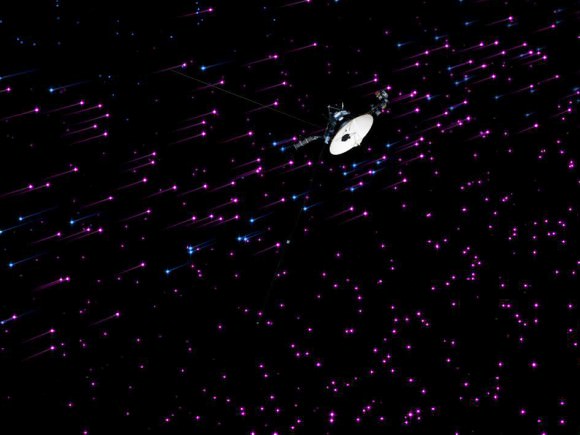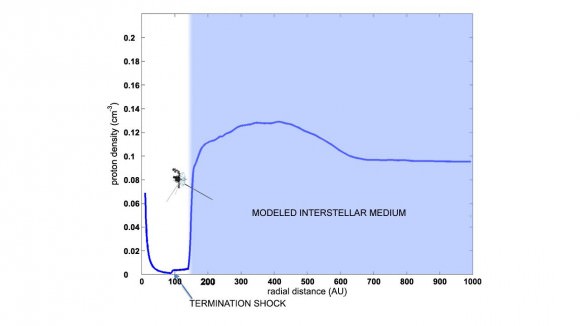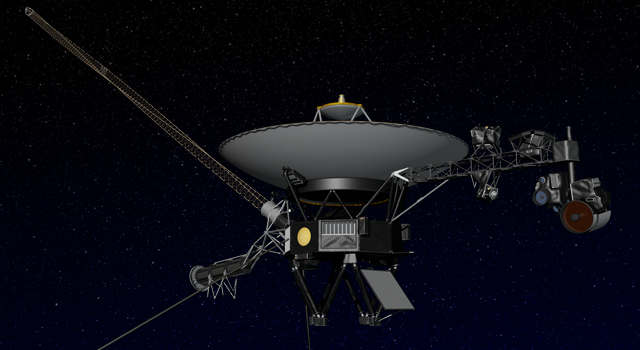This week leading up to the September equinox offers you a fine chance to catch an elusive phenomenon in the pre-dawn sky.
We’re talking about the zodiacal light, the ghostly pyramid-shaped luminescence that heralds the approach of dawn. Zodiacal light can also be seen in the post-dusk sky, extending from the western horizon along the ecliptic.
September is a great time for northern hemisphere observers to try and sight this glow in the early dawn. This is because the ecliptic is currently at a high and favorable angle, pitching the zodiacal band out of the atmospheric murk low to the horizon. For southern hemisphere observers, September provides the best time to hunt for the zodiacal light after dusk. In March, the situation is reversed, with dusk being the best for northern hemisphere observers and dawn providing the best opportunity to catch this elusive phenomenon for southern observers.
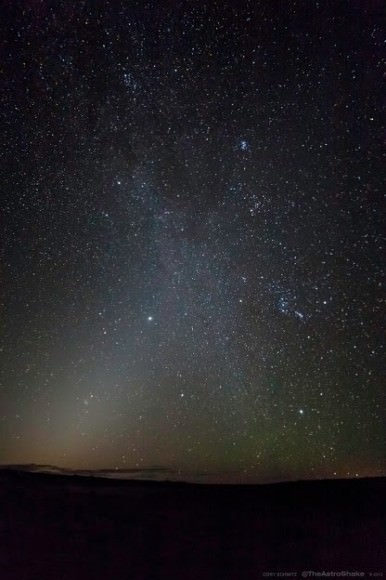
Cory Schmitz’s recent outstanding photos taken from the Nevada desert brought to mind just how ephemeral a glimpse of the zodiacal light can be. The glow was a frequent sight for us from dark sky sites just outside of Tucson, Arizona—but a rarity now that we reside on the light-polluted east coast of the U.S.
In order to see the zodiacal light, you’ll need to start watching before astronomical twilight—the start of which is defined as when the rising Sun reaches 18 degrees below the local horizon—and observe from as dark a site as possible under a moonless sky.
The Bortle dark sky scale lists the zodiacal light as glimpse-able under Class 4 suburban-to-rural transition skies. Under a Class 3 rural sky, the zodiacal light may extend up to 60 degrees above the horizon, and under truly dark—and these days, almost mythical—Class 1 and 2 skies, the true nature of the zodiacal band extending across the ecliptic can become apparent. The appearance and extent of the zodiacal light makes a great gauge of the sky conditions at that favorite secret dark sky site.
The source of the zodiacal light is tiny dust particles about 10 to 300 micrometres in size scattered across the plane of the solar system. The source of the material has long been debated, with the usual suspects cited as micrometeoroid collisions and cometary dust. A 2010 paper by Peter Jenniskens and David Nesvorny in the Astrophysical Journal cites the fragmentation of Jupiter-class comets. Their model satisfactorily explains the source of about 85% of the material. Dust in the zodiacal cloud must be periodically replenished, as the material is slowly spiraling inward via what is known as the Poynting-Robertson effect. None other than Brian May of the rock group Queen wrote his PhD thesis on Radial Velocities in the Zodiacal Dust Cloud.
But even if you can’t see the zodiacal light, you still just might be able to catch it. Photographing the zodiacal light is similar to catching the band of the Milky Way. In fact, you can see the two crossing paths in Cory’s images, as the bright winter lanes of the Orion Spur are visible piercing the constellation of the same name. Cory used a 14mm lens at f/3.2 for the darker image with a 20 second exposure at ISO 6400 and a 24mm lens at f/2.8 with a 15 second exposure at ISO 3200 for the brighter shot.
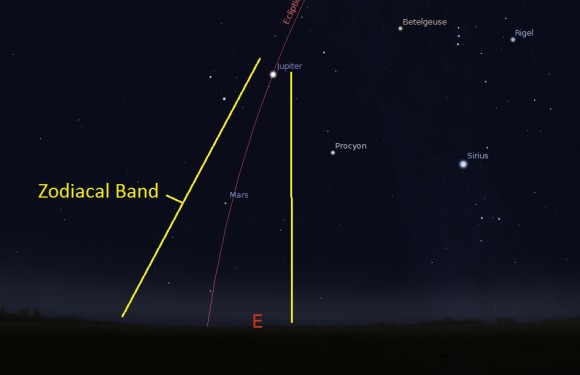
Under a truly dark site, the zodiacal light can compete with the Milky Way in brightness. The early Arab astronomers referred to it as the false dawn. In recent times, we’ve heard tales of urbanites mistaking the Milky Way for the glow of a fire on the horizon during blackouts, and we wouldn’t be surprised if the zodiacal light could evoke the same. We’ve often heard our friends who’ve deployed to Afghanistan remark how truly dark the skies are there, as military bases must often operate with night vision goggles in total darkness to avoid drawing sniper fire.
Another even tougher but related phenomenon to spot is known as the gegenschein. This counter glow sits at the anti-sunward point where said particles are approaching 100% illumination. This time of year, this point lies off in the constellation Pisces, well away from the star-cluttered galactic plane. OK, we’ve never seen it, either. A quick search of the web reveals more blurry pics of guys in ape suits purporting to be Bigfoot than good pictures of the gegenschein. Spotting this elusive glow is the hallmark of truly dark skies. The anti-sunward point and the gegenschein rides highest near local midnight.
And speaking of which, the September equinox occurs this weekend on the 22nd at 4:44 PM EDT/20:44 Universal Time. This marks the beginning of Fall for the northern hemisphere and the start of summer for the southern.
The Full Harvest Moon also occurs later this week, being the closest Full Moon to the equinox occurring on September 19th at 7:13AM EDT/11:13 UT. Said Moon will rise only ~30 minutes apart on successive evenings for mid-northern latitude observers, owing to the shallow angle of the ecliptic. Unfortunately, the Moon will then move into the morning sky, drowning out those attempts to spy the zodiacal light until late September.
Be sure to get out there on these coming mornings and check out the zodiacal light, and send in those pics in to Universe Today!

